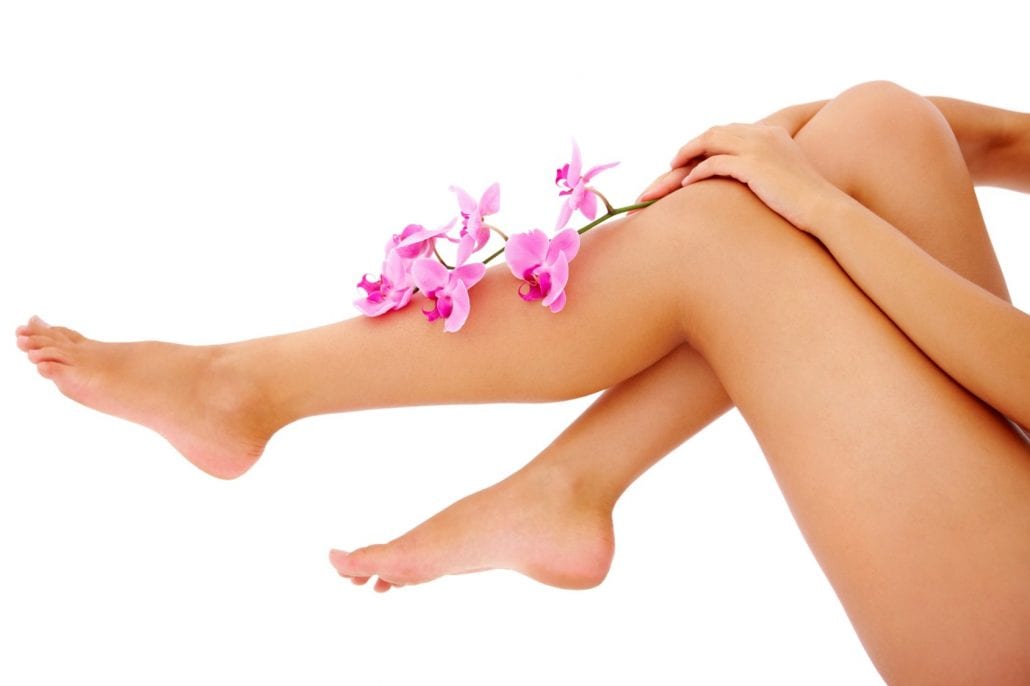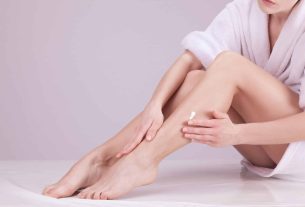Some myths claim that waxing directly affects skin health, causing varicose veins and sagging skin. Is not true!
We can safely say that hair removal is becoming increasingly common, both in women and men. It can be done in different ways, for example, with thread, laser, tweezers, creams or even a blade. Despite this, today we are here to talk about waxing.
It doesn’t have a definitive effect, but it certainly makes the hair take a little longer to grow, and become a nuisance again. It involves a certain level of pain, however, there are already waxes on the market with a calming effect. In other words, they promise less pain.
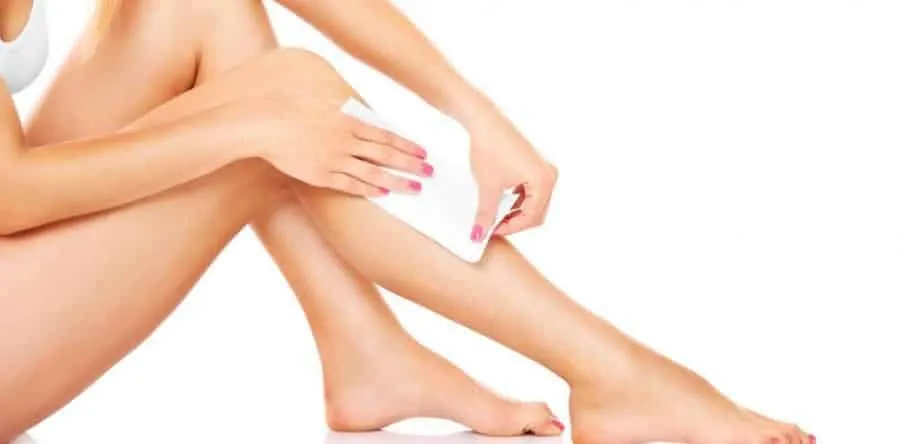
Waxing myths
First of all, one of the most common myths related to waxing is that the product directly affects the health of the skin, causing problems such as varicose veins and sagging skin in the area.
The wax acts superficially on the skin, which makes it impossible for varicose veins to develop. In other words, it doesn’t even come close to bursting any veins.
The same goes for sagging. Because it is superficial, the pulls are not capable of weakening the collagen and elastin fibers present in the region.
Benefits of waxing
1- Leaves the skin smoother
As waxing removes hair from the root, instead of cutting it, it does not harm or leave any residue that could be uncomfortable. Therefore, the skin looks very smooth.
2- It takes time to grow and thins the hair
As it is removed from the root, hair can take up to 25 days to start growing again. On the other hand, constant removal with wax thins the hair as it grows. By destroying the roots of the hair, sometimes some of it no longer grows, which reduces the amount.
3- Renews the skin
The wax adheres to the hair and the surrounding skin, so when it is removed, dead skin cells also come off. In other words, it also acts as a body scrub.
Step by step for waxing
1- Wash the area well
First of all, it is recommended that you take a shower or, at least, wash the area that will be shaved with soap and water. This is because the region must be free of creams, oils or dirt. In this sense, one or two days before waxing, a light exfoliation of the body is also recommended to remove all impurities, remove ingrown hairs and stimulate complete hair growth.
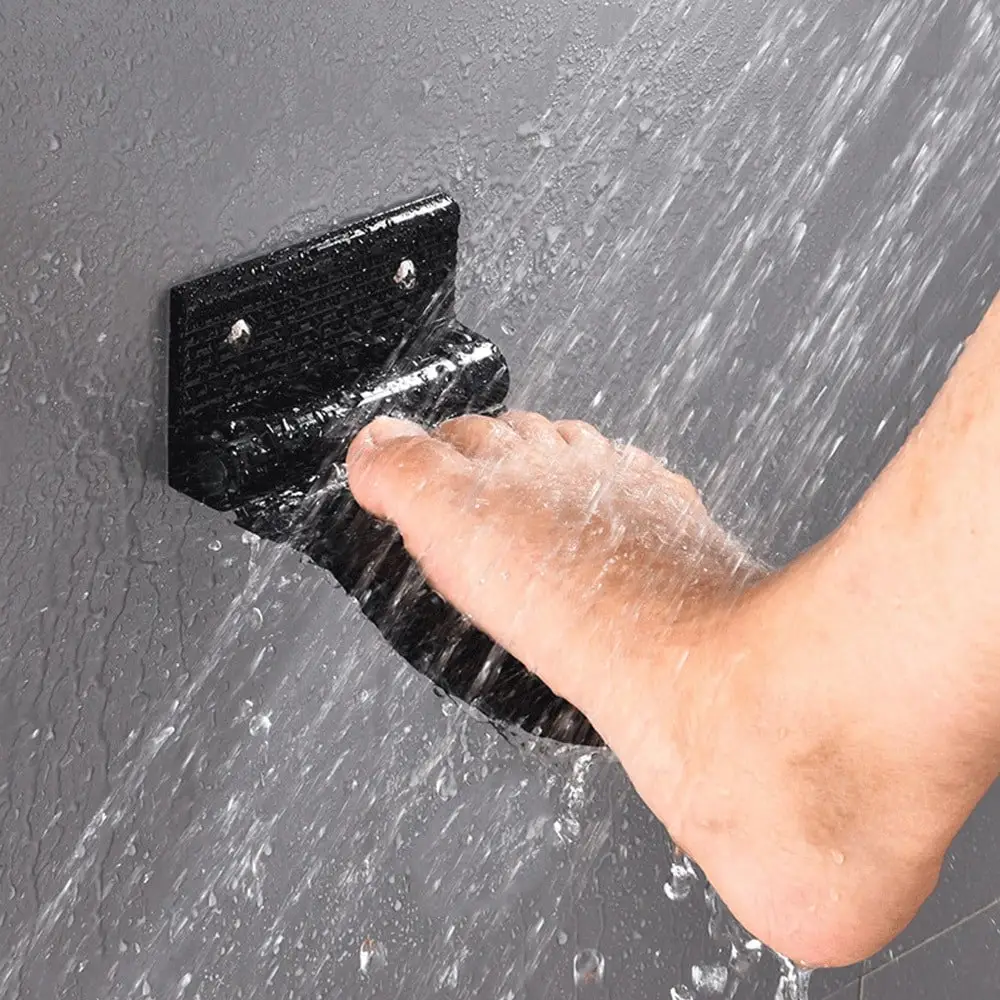
2- Choose the most suitable wax
The choice between hot and cold wax will depend on the size of the hair, sensitivity to pain and the size of the area to be waxed. Hot, for example, is good for smaller areas, with thicker and stronger hair, and, by dilating the pores, it facilitates hair removal and reduces the pain of the process. While the cold one is good for larger areas, such as legs and back.
White wax and jojoba wax inhibit pain, the one with algae promotes skin hydration and the one with honey also. However, this is the most painful process.
Therefore, always use industrialized and dermatologically tested waxes.

3- Choose the material well
All material to be used, such as the spatula to spread the wax, gloves and sheets, must be disposable to avoid contamination.
Normally, the ready-made kits, which are sold in pharmacies, are already very complete.
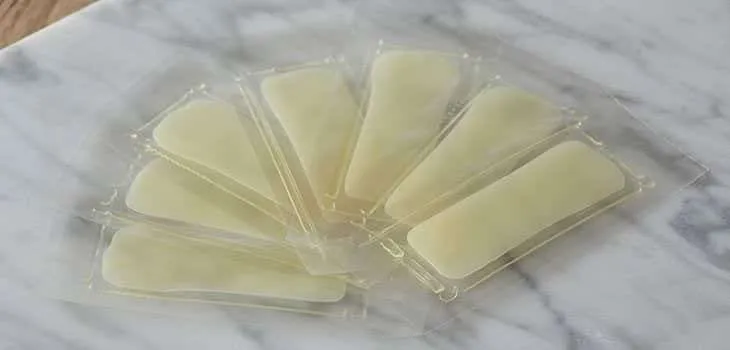
4- Test the material
With hot wax, test the temperature and texture on a small area of your body to see how effective it is. When cold, rub the leaves with wax between your hands to warm them up and release them from each other.
5- Apply the wax
Always apply the wax in the direction of the hair, respecting where it grows. If the region has hair in several directions, make several applications corresponding to each direction. This prevents the strands from breaking and irritating the skin.
To reduce pain, you can add a little talcum powder before waxing. This increases the adhesion of the product, and makes the hair come out more efficiently, and with less pulling.
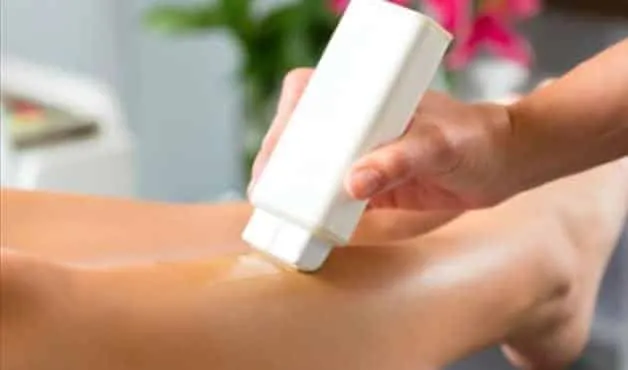
6- Pull
When pulling, be quick and always do it in the opposite direction of the hair. If all the hairs don’t come out at once, try a few times while the wax has adhesion, this is the case with cold wax sheets. When dealing with hot wax, remove any remaining hair with tweezers, as repeated application can hurt the skin.
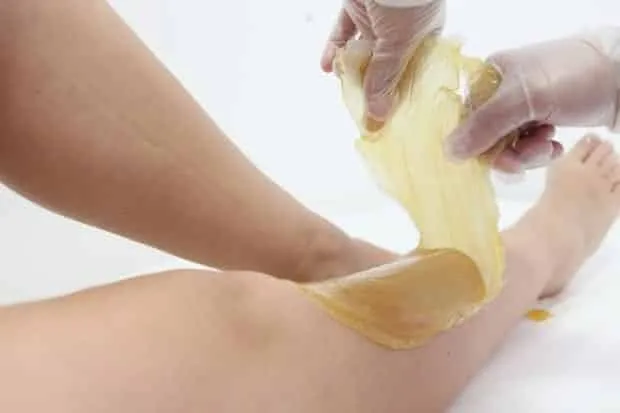
However, hot wax is not recommended for those with varicose veins, as it can enlarge them. If the skin is sensitive, it is also not recommended to wax with any type of wax, as the technique can cause even more harm.
Disadvantages of waxing
1- It can burn the skin
You have to be careful when applying hot wax, as high temperatures can cause burns to the skin.
2- Harms the skin
During the hair removal process, the hot wax also damages the skin and causes redness and swelling.
3- It can cause stains
Once again, during the hair removal process, the skin also has its protective layer removed. Therefore, as a form of self-defense, the body produces more melanin in that location, which can cause blemishes.
4- Facilitates ingrown hairs
Finally, waxing makes the hair weaker and, as a result, it has difficulty breaking through the skin barrier when it grows back. This can cause an increase in ingrown hairs.
Care after waxing
1- Anti-inflammatory ointment
In more sensitive areas, such as the groin, it is possible to use anti-inflammatory ointments immediately after waxing to prevent folliculitis from forming. The dreaded bubbles are hair reactions to waxing, which could be new hairs growing with altered curvature, or without enough force to break the skin. The ointment will relieve this inflammation.
2- No sun
It is recommended not to expose yourself to the sun for the next 24 hours after waxing, so that it does not cause stains.
3- Do not harm the skin
Try not to wear tight clothing in the shaved area or rough fabrics, which could hurt the skin.
4- Use gel with tranquilizers
Immediately after waxing, it is recommended to use a gel with calming properties, such as chamomile, sage and calendula. Do not use moisturizing creams or oils that can clog pores, in other words, cause folliculitis.
5- Hydration
Before and after waxing, maintaining hydration is always the best recommendation for smooth, healthy skin. This, of course, using the gel tip, which we just talked about.
Anyway, if you liked this content, you will also like Female waxing – 14 tips to reduce pain during the procedure.
Source: Dermaclub, Minhavida, Tuasaude, Pellomenos, Terra.
Images: PoseBeleza, Cerapura, Institutofisiomar, Cutelariadosisaias, Peçasdediva, Casapraticaqualita, Mercadolivre

Sign up for our newsletter and stay up to date with exclusive news
that can transform your routine!
Warning: Undefined array key "title" in /home/storelat/public_html/wp-content/plugins/link-whisper-premium/templates/frontend/related-posts.php on line 12
Warning: Undefined array key "title_tag" in /home/storelat/public_html/wp-content/plugins/link-whisper-premium/templates/frontend/related-posts.php on line 13

